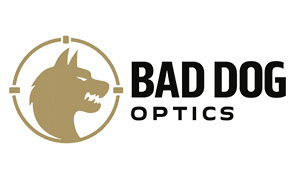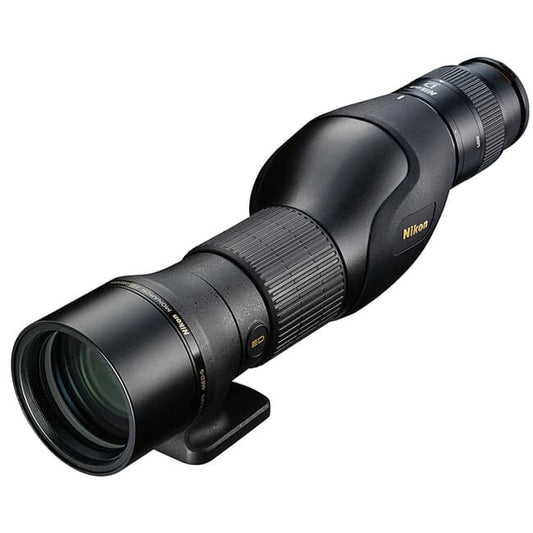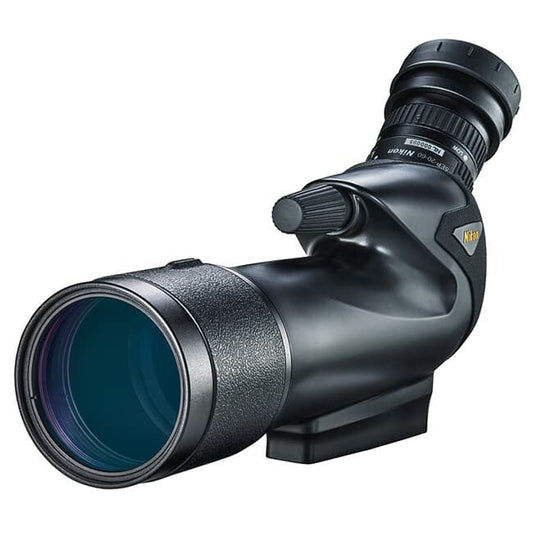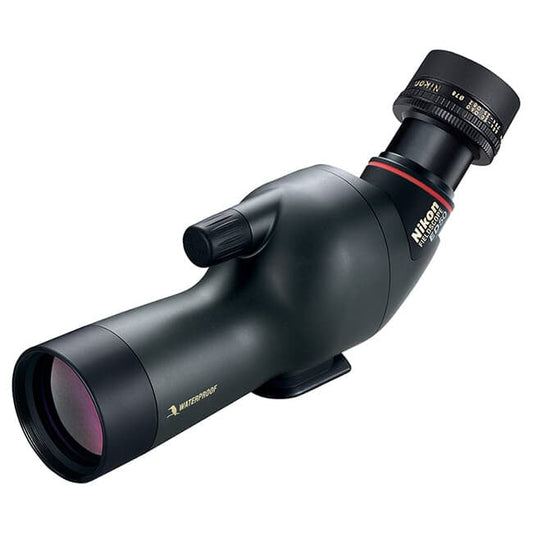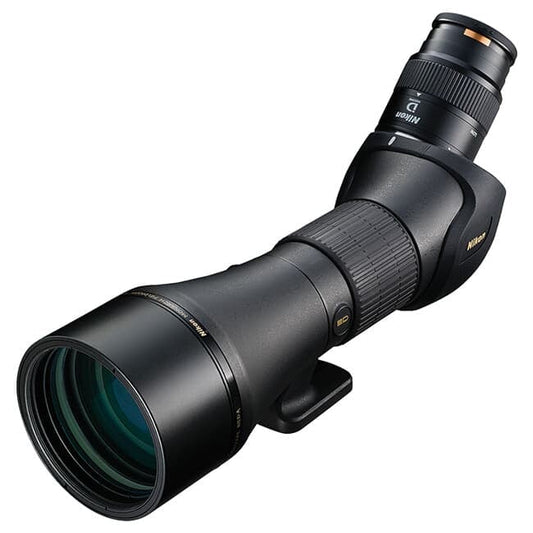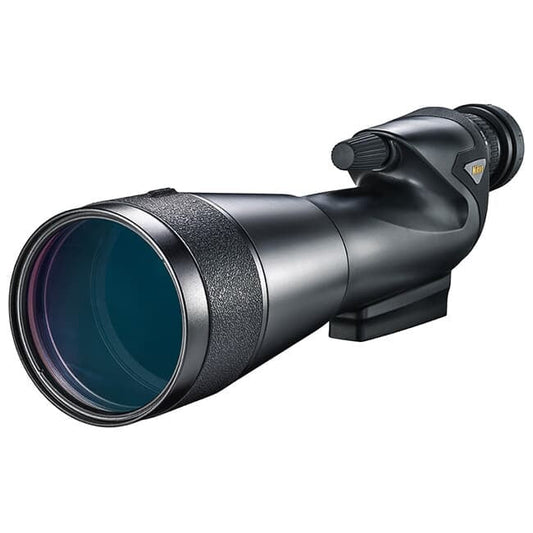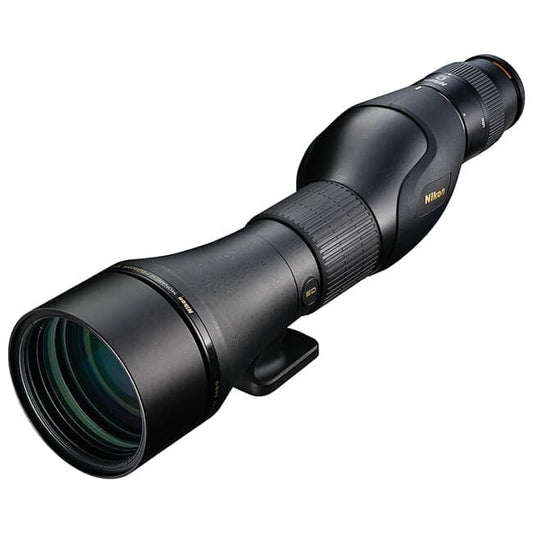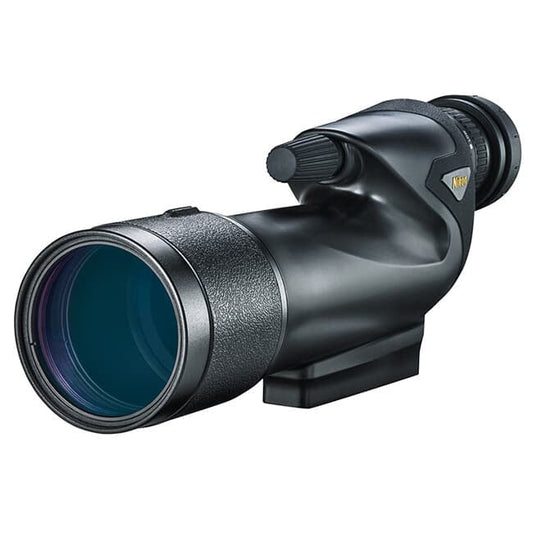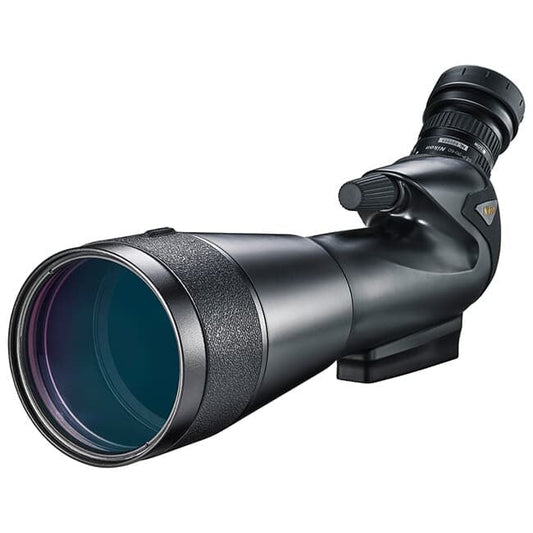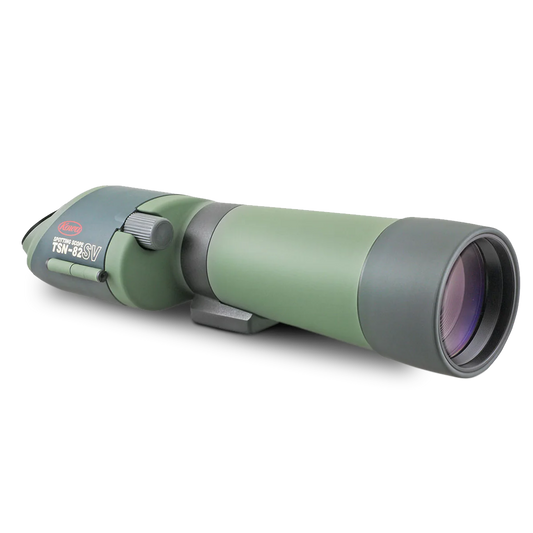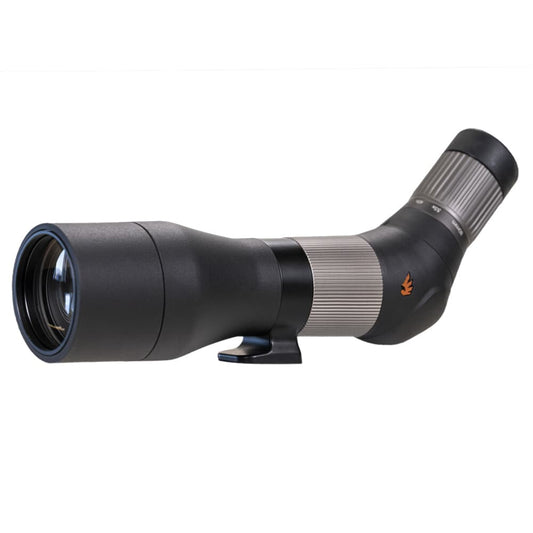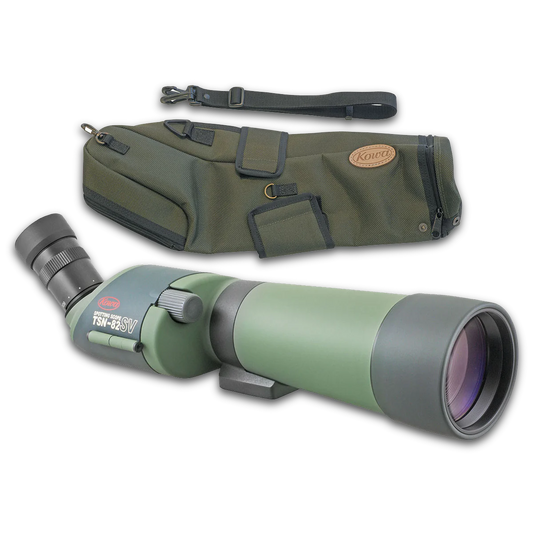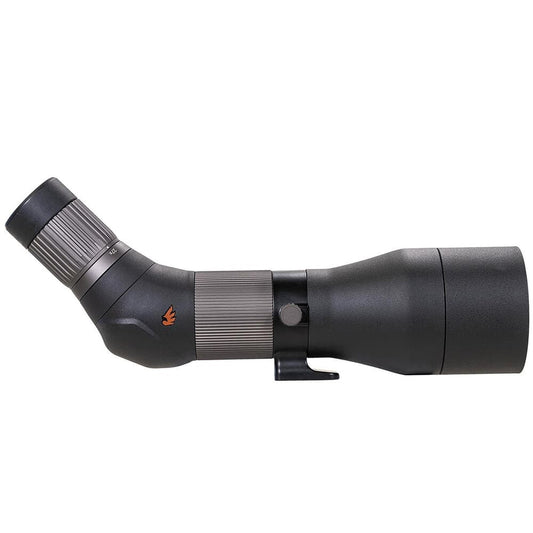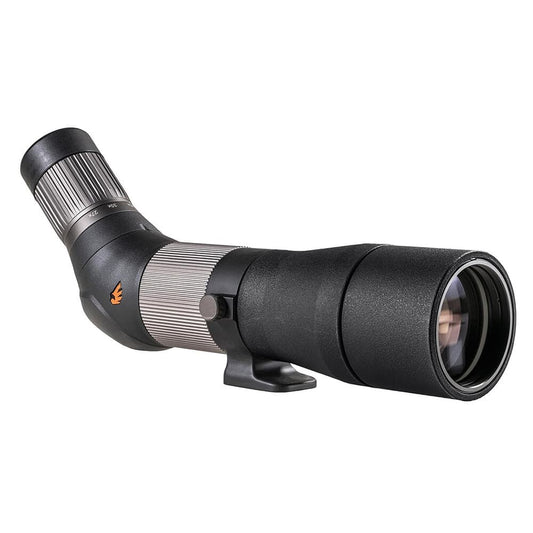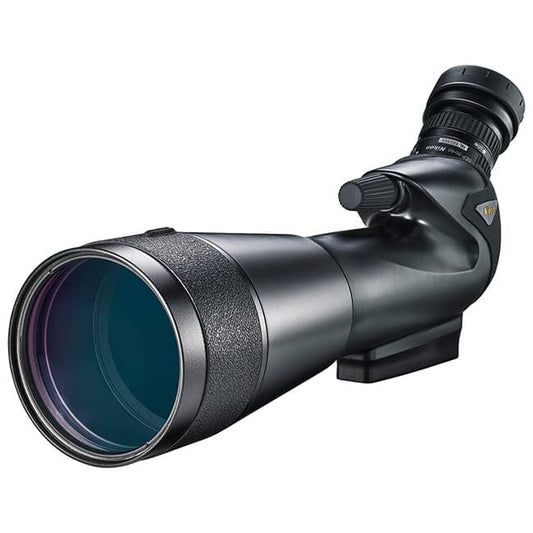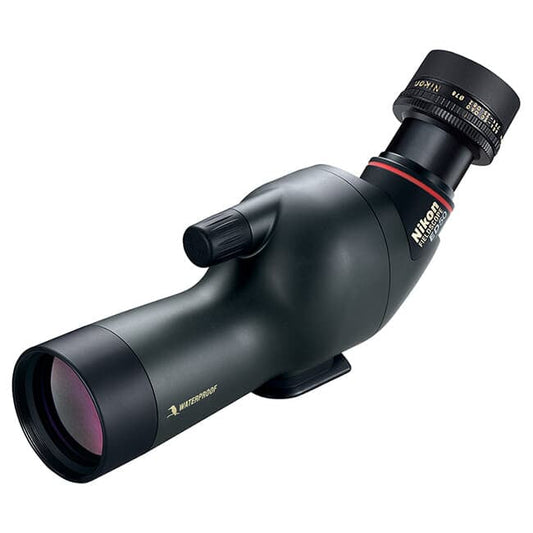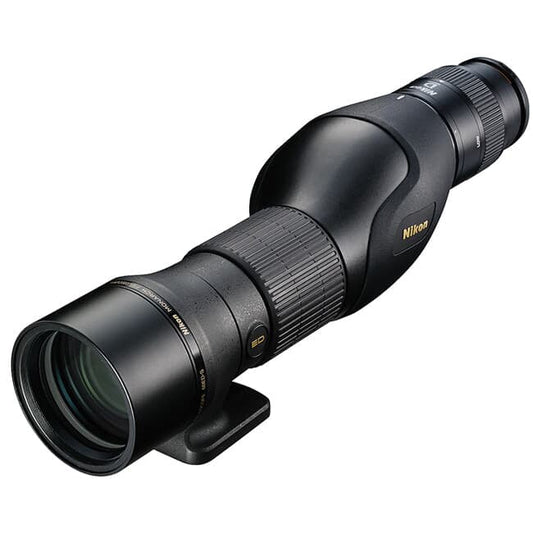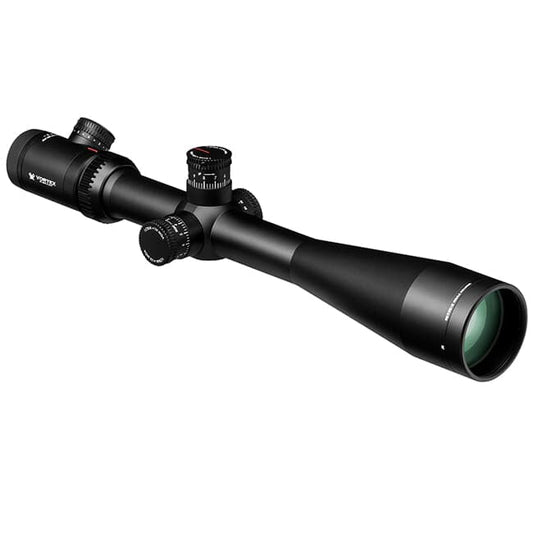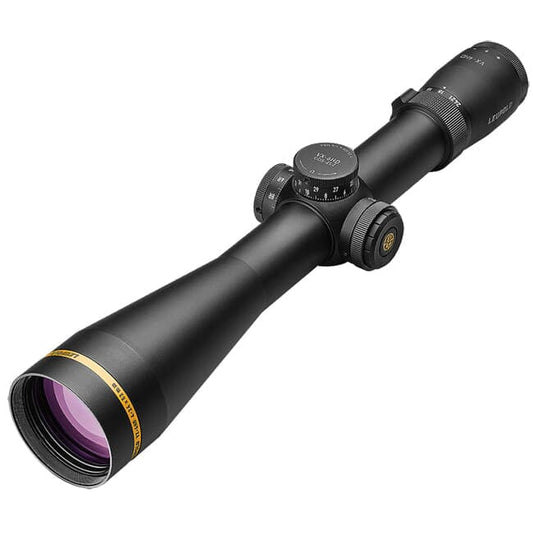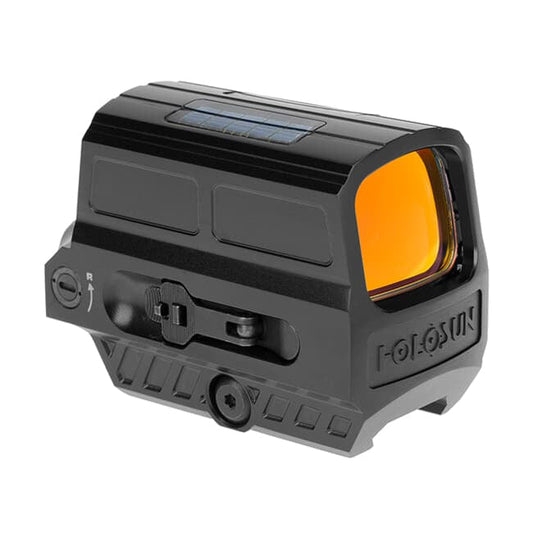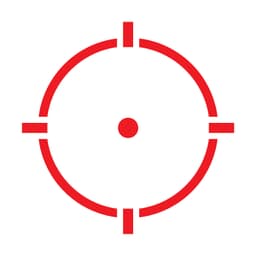Spotting Scopes | Hunting, Long Range Viewing & Digiscoping
- Featured
- Best selling
- Alphabetically, A-Z
- Alphabetically, Z-A
- Price, low to high
- Price, high to low
- Date, old to new
- Date, new to old
- Featured
- Best selling
- Alphabetically, A-Z
- Alphabetically, Z-A
- Price, low to high
- Price, high to low
- Date, old to new
- Date, new to old
Nikon PROSTAFF 5 20-60x82mm Straight Spotting Scope w/zoom Spotting Scope 6974
Discover the world of long-range viewing with our collection of spotting scopes, designed for hunting, wildlife observation, and digiscoping. Whether you're tracking game in the field or capturing stunning images of distant landscapes, our scopes provide the precision and clarity you need.
Explore a variety of models that cater to different needs and budgets. Each scope is engineered for durability and performance, ensuring you get the best experience, rain or shine. Enhance your outdoor adventures and make every moment count with a reliable spotting scope.
Hunting and Wildlife Observation
Our spotting scopes are perfect for hunters and nature enthusiasts alike. With powerful magnification and high-quality optics, you can easily spot game from a distance without disturbing their natural behavior. Experience the thrill of the hunt with confidence.
Digiscoping and Long-Range Viewing
Transform your spotting scope into a powerful photography tool with digiscoping. Capture breathtaking images of wildlife and landscapes effortlessly. Ideal for both amateurs and professionals, our scopes help you get closer to the action.
Here are just a handful of the most popular brands we carry:
- Swarovski Spotting Scopes
- Vortex Spotting Scopes
- Leupold Spotting Scopes
- Zeiss Spotting Scopes
- Kowa Spotting Scopes
- Leica Spotting Scopes
- Meopta Spotting Scopes
Shop now to find the perfect spotting scope for your adventures!
